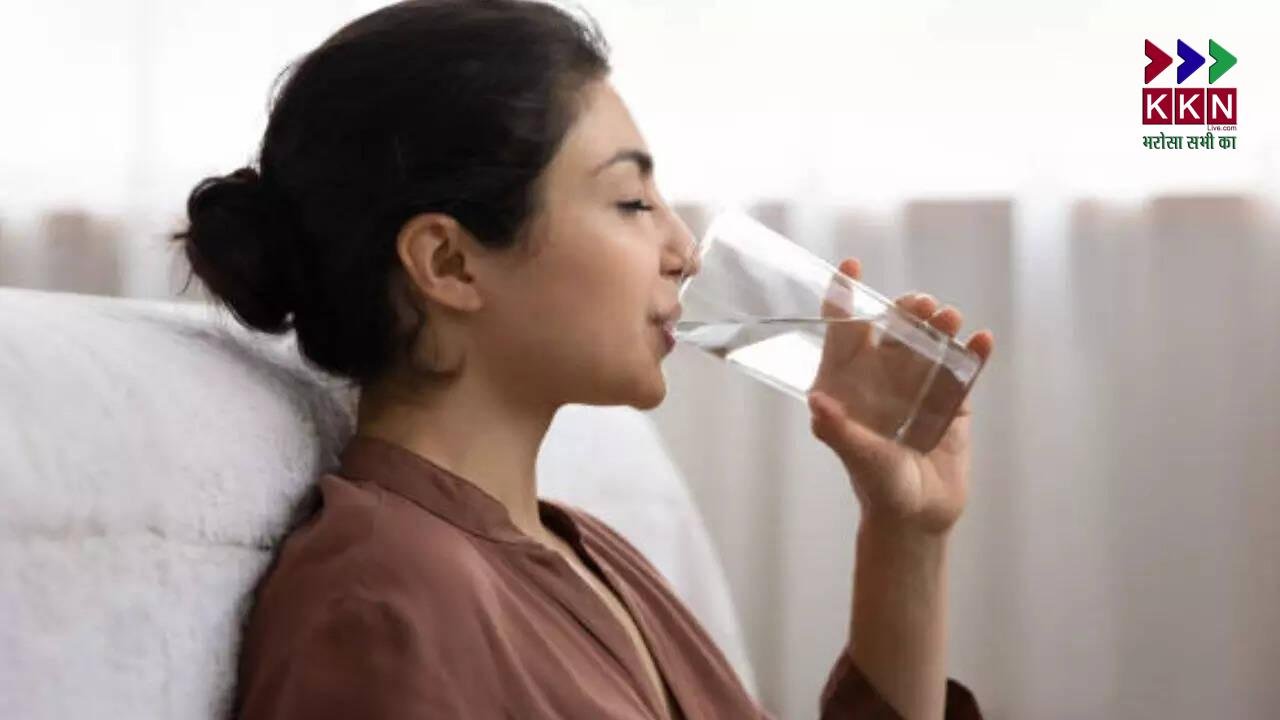
Dehydration is a widespread issue during both summer and monsoon seasons. Many individuals assume that drinking large quantities of water daily—about three to four litres—is sufficient to keep their bodies hydrated. However, despite adequate water intake, some people still feel dehydrated and face frequent urination. This situation raises a critical question: why does dehydration persist even when water consumption is high? Nutrition expert Shweta Shah recently addressed this on social media, explaining the science behind this paradox and offering practical solutions.
What Is Dehydration and Why Does It Occur?
Dehydration occurs when the body loses more water than it absorbs. This imbalance often results from excessive sweating, vomiting, diarrhoea, or not consuming enough fluids throughout the day. The problem becomes more severe during hot weather due to increased perspiration. In monsoon months, high humidity levels also contribute to heavy sweating, which leads to water loss. Still, for some, the issue persists even after consistent and significant water intake. If you experience this, understanding the reason behind it is essential.
How Plain Water Might Not Be Enough
According to nutritionist Shweta Shah, the human body doesn’t always benefit from plain water alone. She explains that regular water often passes quickly through the system without effectively hydrating at the cellular level. This rapid passage leads to more frequent urination and reduced water retention in tissues. In a recent video post, she emphasized that it’s not just about how much water you drink but how you consume it.
When basic ingredients like lemon or mint are added to water, they introduce essential minerals—especially sodium—that help the body retain water better. This retention reduces the frequency of urination and enhances hydration efficiency. These additives help improve the water’s absorption at the cellular level and result in better energy and physical wellness. Shweta Shah suggests focusing on water quality and content rather than just quantity.
Hydration: It’s About Quality, Not Just Quantity
It is a common misconception that the more water one drinks, the better hydrated they are. However, consuming large volumes of water without the right minerals can flush out essential electrolytes and create an imbalance. Instead of overloading the body with plain water, the key is to consume fluids in a way that enhances absorption and utilization.
The expert explains that water should be consumed thoughtfully. For instance, starting the day with a glass of warm water mixed with a pinch of Himalayan salt or lemon juice can set a strong foundation for balanced hydration. Throughout the day, adding ingredients such as mint leaves, cucumber slices, or basil to water can also enhance its hydrating properties and help the body hold onto the fluid for longer periods.
What Are the Best Hydrating Drinks Beyond Water?
While plain water remains an essential part of daily fluid intake, there are other beverages that can significantly boost hydration. One of the most effective drinks is coconut water. It contains a natural balance of electrolytes, including potassium and sodium, making it an excellent option for restoring hydration and energy levels.
Another strong contender is fresh fruit or vegetable juice. Many fruits and vegetables are naturally rich in water content. Options like watermelon, cucumber, oranges, and leafy greens not only quench thirst but also replenish vital minerals. These juices also provide vitamins and antioxidants that support overall health and hydration.
Symptoms of Inadequate Hydration Despite High Water Intake
Even with three to four litres of daily water consumption, some people may notice symptoms of dehydration. These may include dry mouth, fatigue, muscle cramps, headaches, lightheadedness, and frequent urination. If you notice any of these symptoms regularly, it may indicate that the water you’re drinking is not effectively absorbed by the body.
This inefficiency could result from a lack of electrolytes or consuming water too rapidly, causing it to pass through without being properly utilized. Therefore, rethinking how and when you drink water is essential. For example, sipping water slowly throughout the day rather than consuming large amounts at once can help the body absorb it better.
How to Modify Your Hydration Routine
To overcome persistent dehydration, consider adopting a more structured hydration routine. Begin by consuming mineral-rich water first thing in the morning. Avoid drinking large amounts of water during meals, as this can dilute stomach acids and affect digestion. Instead, sip water between meals and incorporate hydrating snacks like cucumbers, oranges, and berries.
During periods of physical activity or exposure to heat, choose drinks that contain electrolytes. Homemade lemon water with a pinch of salt and sugar is a simple and cost-effective alternative to commercial sports drinks. Monitoring your urine color can also help assess hydration—light yellow generally indicates adequate hydration, while darker shades may signal a need for more fluids.
The belief that drinking three to four litres of water daily is enough for hydration is not always accurate. True hydration goes beyond just water intake—it involves ensuring that the body effectively absorbs and retains that water. Adding simple ingredients like lemon, mint, or natural salts can significantly improve water absorption and reduce excessive urination.
Nutritionist Shweta Shah’s insights shed light on a vital aspect of health often overlooked. By focusing on both the quality and method of fluid consumption, you can improve hydration, enhance energy levels, and support overall well-being. As temperatures rise and humidity levels fluctuate, adopting these smart hydration habits can protect your body from dehydration and help you stay active and refreshed all day long.


